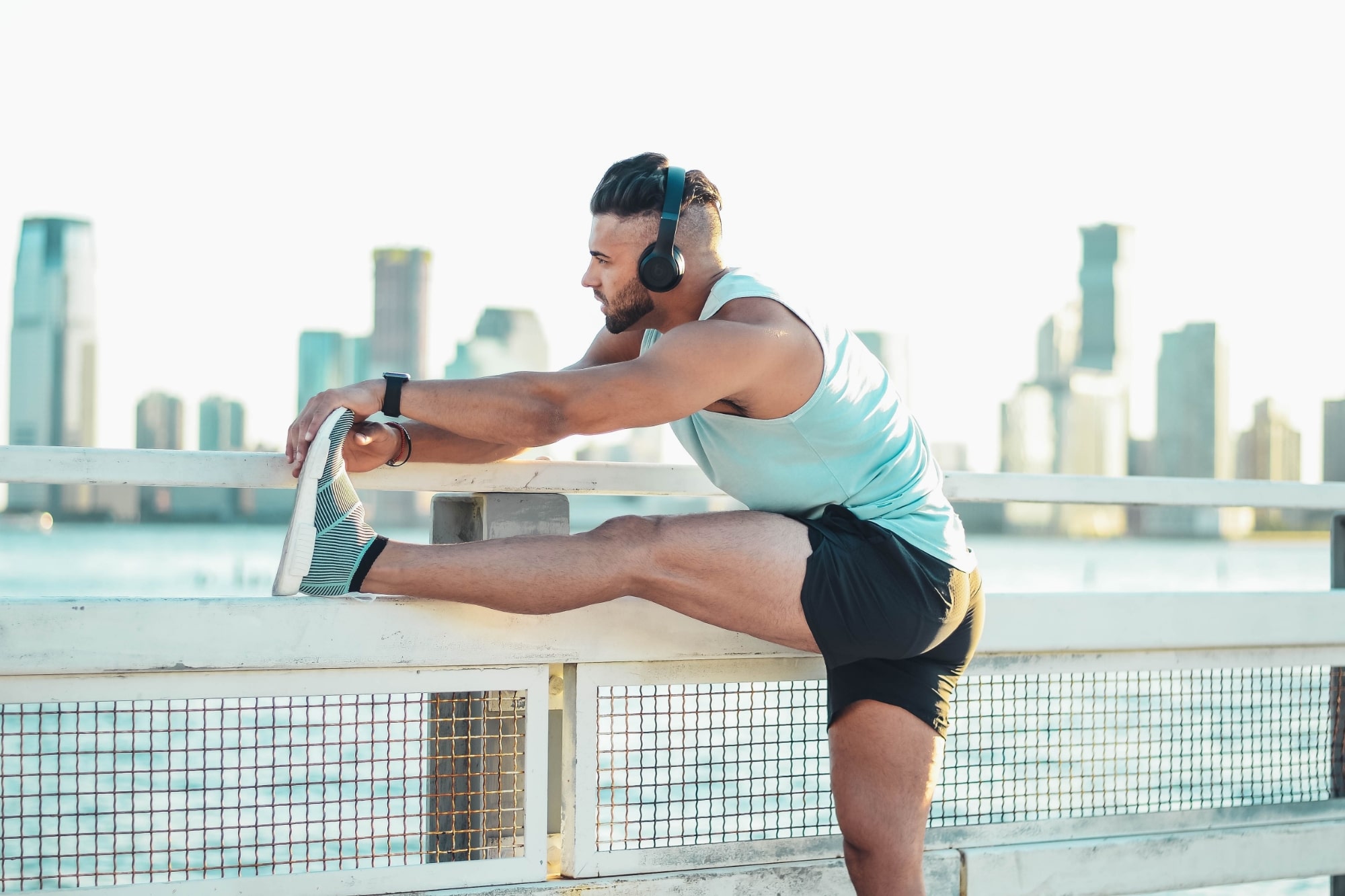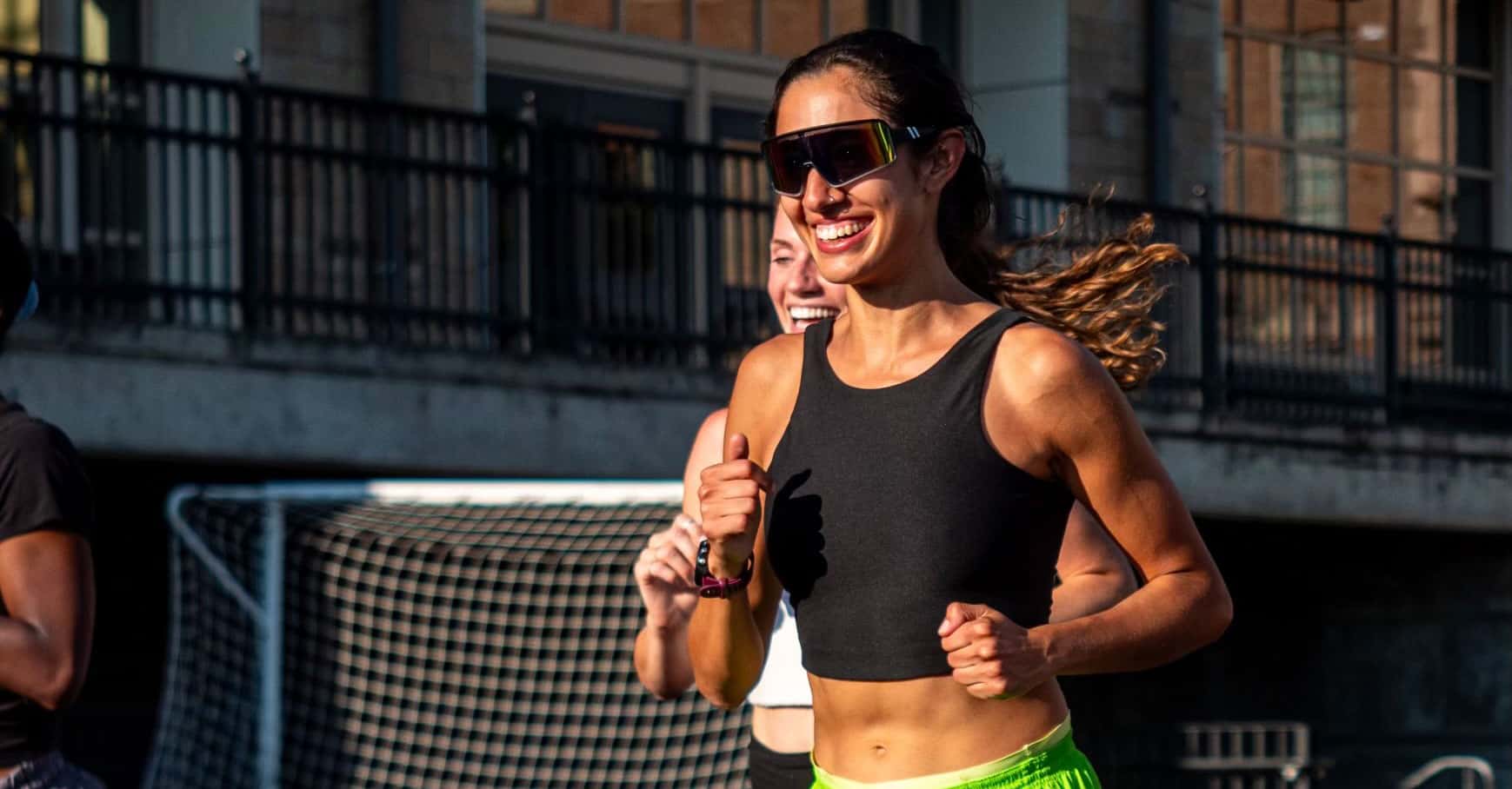Corissa Wennerlind, PT, DPT, OCS, FAAOMPT
Calling all dancers! Do you want your battement to extend over your head? Do you want to increase your splits during an impressive, massive saut de chat? Do your hamstrings feel tight despite stretching them daily before class? If you answered yes to any of these questions, this is the blog for you. If you’re confused about finding the right kinds of stretches to adequately prepare for dance class, keep on reading!
What are the advantages and disadvantages of stretching?
Advantages include:
– increasing range of motion
– increasing flexibility
– reducing muscle stiffness
Some disadvantages include:
– reducing musculature power/maximal strength
– increasing muscular fatigue
– increasing muscle imbalance
Types of stretches:
Static stretching involves a sustained 15 seconds to several minutes, low-intensity stretch performed to increase range of motion. A common example of static stretching is resting in a side split on the wall or lying on your back doing a prolonged hamstring stretch.
Dynamic stretching differs from static stretching in that it is a movement-based stretch. It involves slow and controlled contraction of opposing muscle groups and works to both increase blood flow throughout the body while also loosening up the muscle fibers. Studies show that dynamic stretching should be included in a warm-up after a short period of aerobic exercise. Dr. Lauren Vernese of Swedish Orthopedics recommends dynamic stretching before performing to bring blood flow to the musculoskeletal system and prepare the muscles to act in a coordinated fashion to give power and stability throughout the show.
Finally, ballistic stretching is similar to dynamic stretching in that it involves movement; however, the stretch is much more forceful. Ballistic stretching occurs beyond the normal ranges of motion (think hyperstretch) and involves bouncing into and out of the stretched position, using the elastic recoil of the muscle and tendons to help propel the movement. An example of this would be trying to touch your toes and bouncing at the bottom of the stretch to increase the range.
Ballistic stretching should be utilized carefully as it can lead to injury by not allowing the muscles to adjust to, or relax into the stretched position. Instead of creating more flexibility, some people may find they feel tighter afterward. This is due to repetitively activating the stretching reflex.
Dr.Steven Anderson, attending physician to the Pacific Northwest Ballet who also practices at OPA, states that ballistic stretching is where he sees the greatest risk of injury.
What do the experts and research say?
Be specific: Dr. Anderson believes that a dancer should utilize a warm up with different elements of stretch that match the demand of the class or choreography they will participate in. If the goal is simply to improve flexibility, static stretching can be effective and has a relatively low risk of injury. He notes that static stretching preceded by a warm up may be more effective. On the other hand, if the dancer will be doing a lot of jumping or quick bursts of movement, they would benefit from a warm-up which includes dynamic stretching, particularly if the jumps involve higher speeds.
Different muscles may respond better to particular stretches: The hamstrings in particular have been the subject of a lot of studies. Let’s face it dancers, everyone wants amazing extension and hamstring length is often the key to this. A study looked at the effects of stretching on hamstring flexibility and concluded that dynamic stretching specifically reduces stiffness of the hamstrings. This allows for that big grande battement! Conversely, several studies found that static stretching of the hamstrings temporarily reduces their strength. In other words, static stretching is not a good option if your choreography involves heavy lifting, large jumps (grande allegro), or moving in and out of deep plies. The conclusion about the hamstrings: choose dynamic stretching. Bacurau, Lima et al. (2016, 2018), Itawa et al.
Before you lose your mind about all those prolonged, static stretches you’ve been doing, there is a time and place for them for many people. These same authors found that static stretching increases the total range of motion in the hip and knee. So, choosing this static stretch if your choreography requires more slow, held movements over powerful, quick ones, may be appropriate. Lima et al. (2016), Bacurau et al.
Understand your body: Muscle tightness and soreness is often mistaken for a lack of flexibility by dancers, according to Dr. Vernese. She shares that, particularly for hyperflexible people including those with ligamentous laxity, prolonged static stretching may actually exacerbate a dancer’s feeling of tightness, resulting in a cycle of muscle overuse, tightness, and then reduced blood flow, causing muscle “knots” or trigger points. She often recommends PT to improve strength and stability. She reports, “Looking at the whole kinetic chain and developing a strong base of support will decrease stress on the hyperlax joint and hopefully help decrease muscle overuse.”
Want help to determine the best way to meet your flexibility and range of motion goals?
This is a wonderful reason to schedule a visit at Avant PT. We can help you to develop an individualized approach to stretching, strength and stabilization work that is specific to your body and your needs.
A special thank you to our contributors and experts:
Dr. Steven Anderson, MD
Dr. Lauren Vernese, DO
References:
Bacurau, Reury Frank, et al. “Acute Effect of a Ballistic and a Static Stretching Exercise Bout on Flexibility and Maximal Strength.” Journal of Strength and Conditioning Research, vol. 23, no. 1, 2009, pp. 304–308., https://doi.org/10.1519/jsc.0b013e3181874d55. Accessed 2021.
Lima, Camila D., et al. “Acute Effects of Static vs. Ballistic Stretching on Strength and Muscular Fatigue between Ballet Dancers and Resistance-Trained Women.” Journal of Strength and Conditioning Research, vol. 30, no. 11, 2016, pp. 3220–3227.,
https://doi.org/10.1519/jsc.0000000000001606. Accessed 2021.
Lima, Camila D., et al. “Effects of Static versus Ballistic Stretching on Hamstring:Quadriceps Strength Ratio and Jump Performance in Ballet Dancers and Resistance Trained Women.” Journal of Dance Medicine & Science, vol. 22, no. 3, 2018, pp. 160–167., https://doi.org/10.12678/1089-313x.22.3.160. Accessed 2021.
Nordez, Antoine, et al. “Acute Effects of Static Stretching on Passive Stiffness of the Hamstring Muscles Calculated Using Different Mathematical Models.” Clinical Biomechanics, vol. 21, no. 7, 2006, pp. 755–760., https://doi.org/10.1016/j.clinbiomech.2006.03.005. Accessed 2021.



